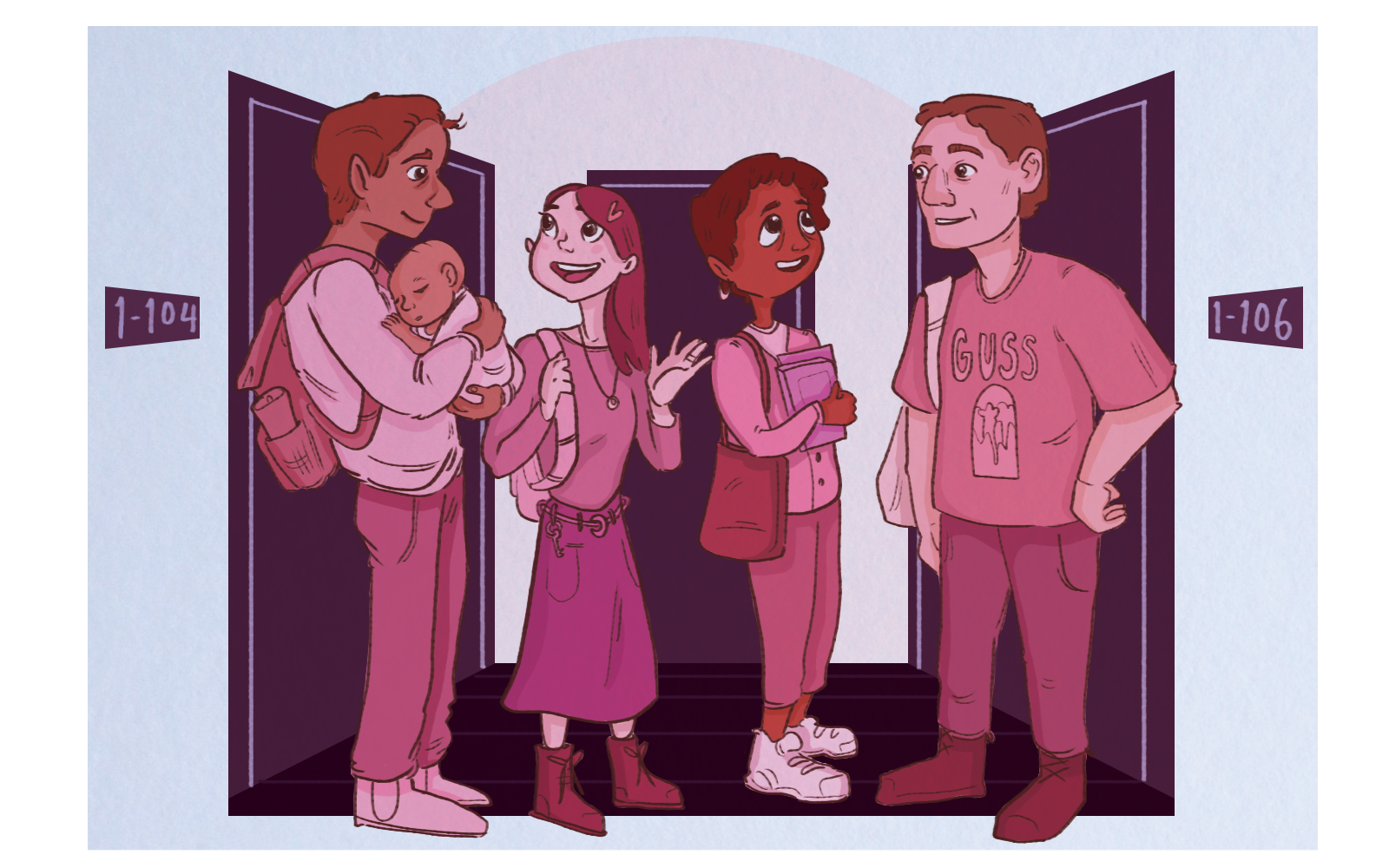Despite my anxiety of being an older undergraduate student, I’m grateful for my experiences.
When I finished high school at 17, I was excited to begin my CEGEP studies. I started at the same time as my fellow classmates and expected to graduate with many of them within two years. I never took a full course load, so I was already behind. I also kept changing my program every other semester, so I had more and more courses to complete before earning my degree. With all the changes, it took me six years to finish my degree.
By the time I started my bachelor’s degree at Concordia, most students from my high school class were already close to earning theirs or were already employed. I was 23 years old then, and I told myself that I wouldn’t take as long as I did in college to finish my undergraduate studies.
Seven years later, at 30 years old, I’m still an undergraduate student. Like in CEGEP, I’ve never taken a full course load. Due to unexpected circumstances in my life, I dropped courses and took a few semesters off. Although I’m now close to finishing my degree, I still feel somewhat insecure that it’s taken me seven years. Seven years is the length of elementary school; it’s two years longer than high school and one year more than I spent in CEGEP. Suffice to say, I’m beyond excited to finish my degree.
When I’m in class, I can’t help but be reminded of my age. I don’t feel like my age until I see new and younger faces every semester. I can’t help but feel out of place.
Although I get insecure about my age, I try to focus on the positives: I didn’t give up on my education, no matter what obstacles were in my way. I’m fortunate to have an education. I enjoy what I’m studying. I’m proud that I’ve made it this far and that I’m close to finishing my bachelor’s degree. These reminders help ground me.
I also believe that everything happens for a reason and that we should trust the timing of our lives. Ideally, I would have liked to have finished my studies earlier, but I know that this wasn’t the path meant for me.
As I grow up, I become more confident in the person I am and what I want to do with my life. It’s also helped me become a stronger student. I’m serious about doing well in my classes and I put in the work to succeed. If I didn’t enjoy a course during CEGEP, I would have immediately dropped it. In university, I’ve taken chances on courses and I’ve even surprised myself. I stick through the struggles because I’m reminded of my goals. I don’t know if I would have made these same decisions if I were younger.I’ve also met a few great people who I probably would not have ever known had I not followed this path. They’ve made my time in college and university worthwhile.
So even though my age sometimes brings me discomfort, I’m not perturbed by it because I’ve had wonderful experiences that I would not have had otherwise. And I wouldn’t trade that for the world.
